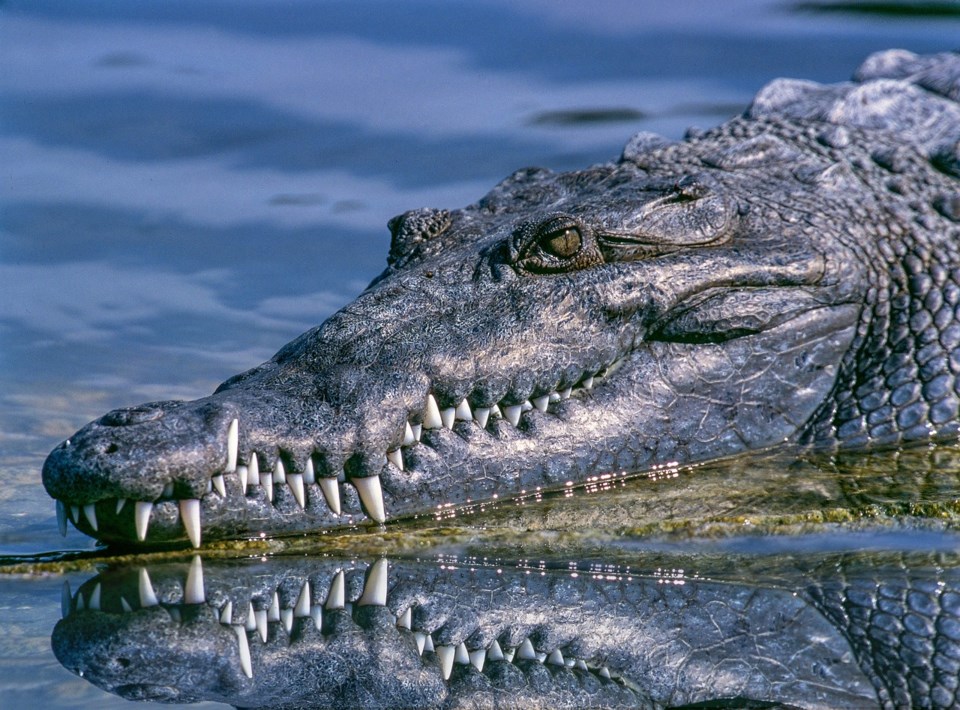Crocodile owners in Saskatchewan will have to say their goodbyes.
Under new provincial captive wildlife rules, the reptiles are among the animals moved onto a list of "overtly dangerous" and illegal creatures that can't be kept as pets in the province.
By Nov. 30, they and other animals considered dangerous must be shipped out of the province, transferred to a licensed facility like a zoo, or humanely euthanized, said Joann Skilnick, manager of the Ministry of Environment's wildlife unit.
The changes aim to modernize captive wildlife rules that the province first introduced in 1982, a Tuesday news release said.
The rules list two categories for restricted animals: division 1 for dangerous animals, like crocodiles, or those that were already illegal, and division 2 for animals currently kept as pets. The latter group of pet owners can keep their animals, but must notify the Ministry of Environment by Nov. 30, a news release said.
Skilnick said the new rules also create a list of 600 species that people can keep as pets without licence requirements.
The news follows rapidly growing interest in the illegal wildlife trade, she said.
If exotic wildlife escapes, Saskatchewan Wildlife Federation executive director Darrell Crabbe is concerned it may present a threat for native species.
That's why he hopes the new rules are getting ahead of wildlife challenges facing other jurisdictions, including examples of big cats escaping captivity in the U.S. Tightening registration requirements may also clarify how many species of exotic wildlife are in Saskatchewan.
"We don't know exactly how many of what species might be in our province already," he said.
Bonnie Dell, president of the Wildlife Rehabilitation Society of Saskatchewan, said another key takeaway is tightening permits for wildlife. Looser rules formerly allowed pet owners to easily keep animals like raccoons, hares, sparrows and crows – but that often went poorly for the animals, she said.
Wildlife captivity has become an even more pressing issue for her. One of the biggest trends she saw over the last year was more residents adopting wildlife as pets, she said. Just this week, her team released a young moose that had been living in someone's spare room.
When the calf was rescued, it was starving, having been fed powdered milk, Dell said.
In other cases, one family kept a baby badger into adulthood. Meanwhile, someone who had adopted a turkey vulture abandoned it on the side of the road with a broken wing. The bird had to be euthanized, Dell said.
She's worried about some rule changes – like restricting coyote rehabilitation – but the updates are largely needed, she said.
"We hope these new regulations will convince people to get these animals in, or phone us on the hotline. We'll get them to licensed [rehabilitation] and give that animal their best chance."



